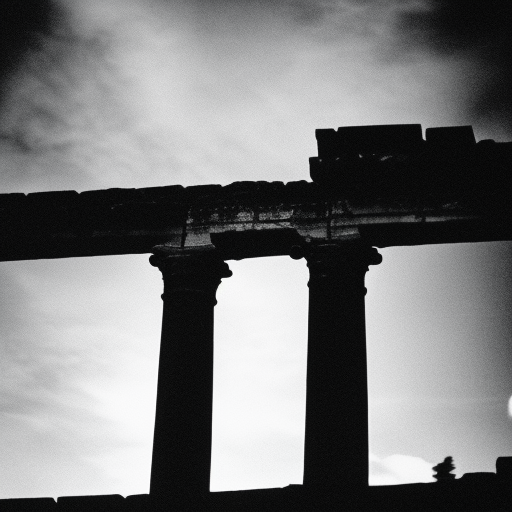The Roman Empire
The Roman Empire was one of the most powerful and influential civilizations in history. It spanned from the 8th century BCE to the 5th century CE and encompassed vast territories in Europe, North Africa, and the Middle East. The empire was characterized by its strong military, efficient administration, and cultural achievements.
Rise of the Roman Republic
The Roman Empire began as a republic in 509 BCE after the overthrow of the Etruscan monarchy. The republic was governed by two consuls and an elected Senate. Rome expanded its territory through a series of military conquests, including the Punic Wars against Carthage. By the 2nd century BCE, Rome had become the dominant power in the Mediterranean.
Julius Caesar and the Roman Empire
In 44 BCE, Julius Caesar, a military general and statesman, became the first dictator of Rome. He implemented various reforms, such as the Julian calendar, and initiated public works projects. However, his increasing power and popularity led to his assassination in 44 BCE. This event marked the end of the Roman Republic and the beginning of the Roman Empire.
Augustus and the Pax Romana
Following the death of Julius Caesar, Augustus emerged as the first emperor of Rome in 27 BCE. He established a period of relative peace and stability known as the Pax Romana, which lasted for approximately 200 years. During this time, the empire experienced significant economic growth, urbanization, and cultural development.
Expansion and Consolidation
Under the emperors that followed Augustus, the Roman Empire continued to expand its territories. It reached its greatest extent under Trajan in the 2nd century CE, encompassing regions from Britain to Mesopotamia. The empire was divided into provinces, each governed by a governor appointed by the emperor. Roman law, language, and culture were spread throughout the empire.
Decline and Fall
The decline of the Roman Empire can be attributed to various factors. Economic instability, including inflation and taxation, weakened the empire. Internal conflicts and political instability also played a role. In the 3rd century CE, the empire faced invasions from Germanic tribes and the Sassanian Empire. The division of the empire into the Western and Eastern Roman Empires further weakened its unity.
End of the Western Roman Empire
The Western Roman Empire faced numerous challenges in the 4th and 5th centuries CE. In 410 CE, Rome was sacked by the Visigoths, and in 455 CE, it was sacked by the Vandals. The final blow came in 476 CE when the last Western Roman Emperor, Romulus Augustus, was deposed by the Germanic chieftain Odoacer. This event marked the end of the Western Roman Empire.
Legacy of the Roman Empire
Despite its fall, the Roman Empire left a lasting legacy. Roman law and governance systems influenced subsequent civilizations, including medieval Europe. Latin, the language of the Romans, evolved into the Romance languages. Roman architecture, engineering, and art continue to inspire and influence modern society. The Roman Empire’s impact on Western civilization cannot be overstated.
In conclusion, the Roman Empire was a powerful and influential civilization that spanned several centuries. It began as a republic, transitioned into an empire under Julius Caesar, and reached its peak under Augustus. However, internal and external challenges led to its decline and eventual fall. Nevertheless, the Roman Empire’s legacy continues to shape the world today.












